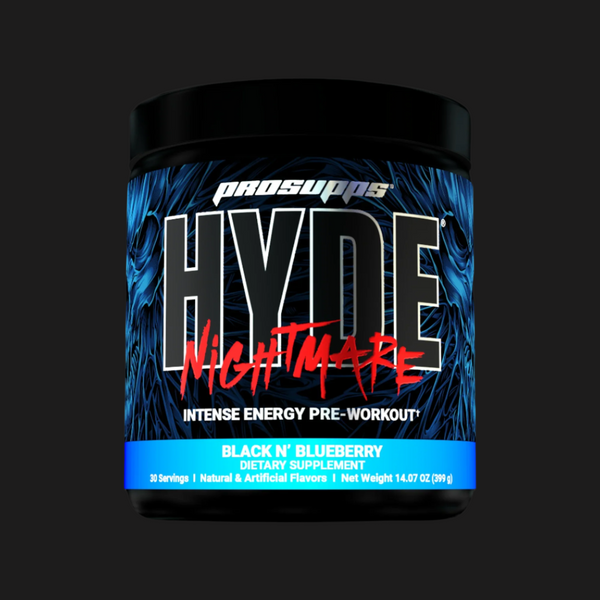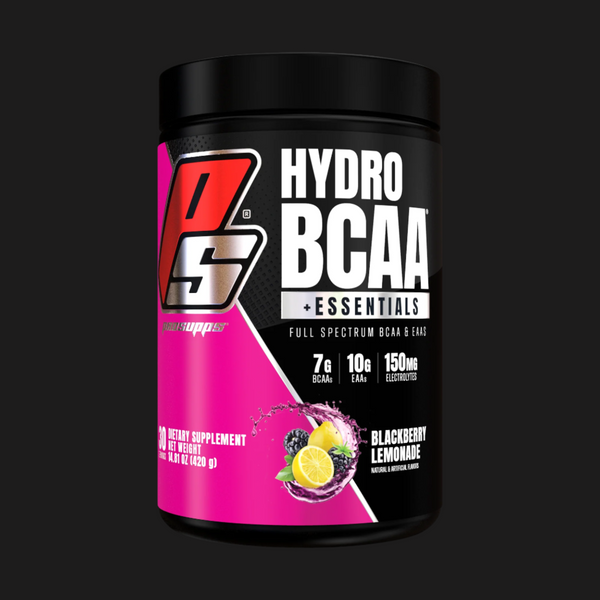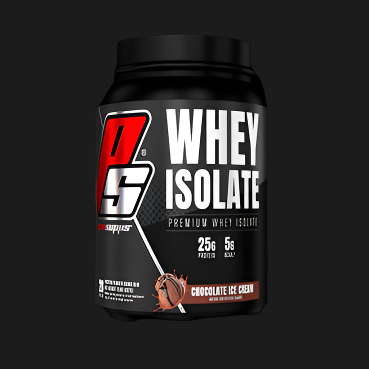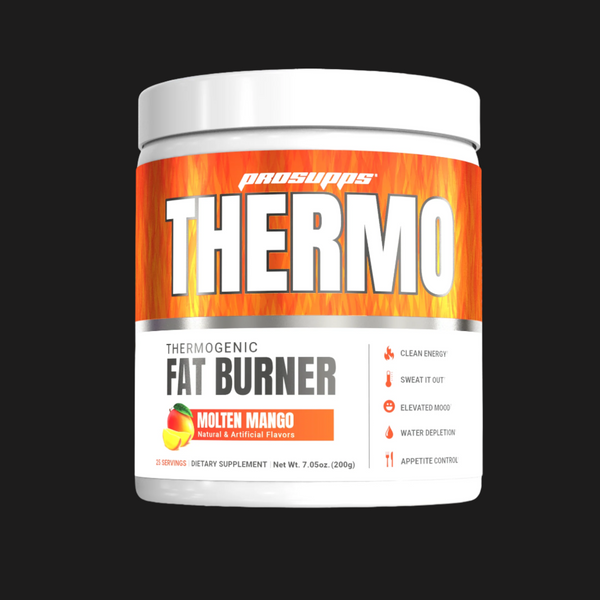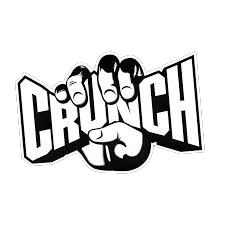
Welcome to Gym Class 101
 Written by Pri Prunella
Written by Pri Prunella January 23, 2023
Our goal for 2023 is to make sure everyone understands the basic gym vocabulary to build your confidence and keep you coming back for more. If this is your first time going to the gym or think you're an old pro, these terms are necessary and can easily be added to beginner gym plans you may be making for yourself. Feel confident when you hit the gym knowing these gym terms and blend right in.
Body Composition
The amount of muscle and fat your body has and how it looks on your body. Take two people- the same height and weight, and they could look completely different based on their body composition. For example, one person could be 10% body fat and the other could have 20%. One could store most of their fat in their lower body and one could store most of theirs in their stomach and core.
Some people may be at an appropriate weight for their height and do not need to lose weight but do not like how they carry their weight. Body re-composition, or body re-comp for short, is the goal of adding more muscle and reducing fat, without losing a significant amount of weight.
Used in a sentence: “I am new to the gym and am looking to change my body composition, but I do not necessarily need to lose weight.”
HIIT (High-Intensity Interval Training)
HIIT is characterized by short intense bursts of exercise, followed by a brief rest. Typically done in a circuit or a combination of various exercises repeating for a set number of times. The goal is to bring the heart rate up quickly and allow it to come back down briefly before jacking your heart rate back up.
Benefits:
- Increases Cardiovascular Health
- Higher Caloric Burn Over LISS
- Enhances Afterburn Affect (see below)
- Can Help Decrease Blood Pressure and Resting Heart Rate
Example: 5 exercises done back-to-back, with a 15-second rest in between each exercise. Repeat 4-5 times.
Used in a sentence: “Today I will be focusing on HIIT and stretching at the gym today.”
A graphical example of what your heart rate should look like during HIIT:

LISS (Low-Intensity Steady State)
A form of cardio characterized by a steady heart rate, and low-intensity exercise.
Benefits:
- Improves Blood Flow
- Can Help Reduce Stress
- Low Impact
- Increases Circulation
Example: Walking on the treadmill at a consistent pace.
Used in a Sentence: “After I workout, I plan on jumping on the treadmill for 20 minutes of LISS.”
A graphical example of your heart rate during a LISS workout:

DOMS (Delayed Onset Muscle Soreness)
Essentially what it sounds like. It’s the soreness you feel for the days following your workout, which can vary in severity. DOMS can vary in severity; you may experience anything from mild pain/soreness to “it hurts to sit on the toilet.” This is caused by many things such as microtears in your muscles during intense exercise-which is completely normal. Over time, as you progress in your fitness journey and with regular exercise, you will experience DOMS less and less.
Used in a Sentence: “It’s been two days and these DOMS are still killing my legs after leg day Monday!”
IIFYM (If It Fits Your Macros)
Also known as Flexible Dieting, it’s a method of dieting where you keep track of your Fats, Proteins, and Carbs (together these are macronutrients) to reach your ultimate physique or health goals. Every person needs a certain number of calories, protein, fats, and carbs to function optimally. That amount is different for everyone. You can calculate what your body needs with a simple equation. These days the more common way to refer to this type of diet is flexible dieting as many people associate IIFYM with eating unhealthy foods as long as they meet your calorie goal, which led to these people falling ill because they weren’t getting enough micronutrients (vitamins and minerals).
Example: Person A needs 200g of Carbs, 50 grams of fat, and 150g of protein daily for a total calorie count of 1850. Carbs=4 calories per gram, fats=9 calories per gram, and protein=4 calories per gram. *this is just a random example and should not be used as your own macro goals.
Used in a Sentence: “I started dieting using IIFYM or flexible dieting and I have so much more freedom over my food intake now!”
Superset
A superset is combining two exercises that target either the same muscle group or opposing muscle groups to a) maximize the time allotted in your workout or b) maximize the time under tension for your target muscle group.
Example: Person A is working out his biceps, a particularly hard muscle for him to grow, so he decides to superset preacher curls with hammer curls. Each target the bicep, but the preacher curl will target the short head of the bicep, while the hammer curl will target the long head of the bicep. This helps maximize the overall exercise and use of time in the gym.
Used in a Sentence: “I started implementing supersets into my gym routine and have noticed a huge difference in my progress.”
Dropset
Dropset is used to repeatedly train a muscle until failure to help promote hypertrophy (muscle growth). To perform it, you would choose a heavier weight (that you can still actually use with good form), perform 8-10 reps or until mechanical failure (failure when your form drops and you can no longer do the exercise correctly), then you lower the weight to something you can do correctly and keep going. You can continue dropping the weight until you reach muscular failure (basically when your muscles literally can’t create the force needed to move anything).
Example: Person A is using the leg press and has 3 plates on each side. She starts performing the exercise and at 10 reps, she can’t keep going. Her gym partner removes a plate from each side, and she continues.
Used in a Sentence: “I did a dropset today during my leg workout and went all the way till failure. It was a great workout!”
Aerobic Exercise
Aerobic means with oxygen. It is characterized by cardio exercises that require a constant steady source of oxygen which you should be able to sustain over a period of time.
Benefits:
- Increases Stamina
- Can Help Lower Resting Heart Rate
- Promotes Optimal Body Composition
- Decreases Stress Levels
Example: Running, biking, swimming, etc.
Used in a Sentence: “Today we focused more on Aerobic Exercise to help train our cardiovascular system.”
Anaerobic Exercise
In other words, without oxygen, Anaerobic Exercise is characterized by short bursts of energy followed by rest. You would perform these exercises with maximum effort for a short time. This type of exercise breaks down glucose for energy without using oxygen.
Benefits:
- Increases Fat Burning
- Can Help Strengthen Bones and Joints
- Promotes Muscle Growth
- Improves Endurance
Example: Weightlifting, HIIT, Pilates, etc.
Used in A Sentence: “I didn’t have the energy to run a lot today, so I chose to take a Pilates class and the anaerobic exercise was just what I needed.”
Compound Exercise
A compound exercise is any exercise that uses 2 or more of the major muscle groups to perform.
Examples: Squats, Deadlifts, Leg Press, Lunges, Bench Press
Used in a Sentence: “my new training split prioritizes compound exercises over isolation exercises to help strengthen my core.”
Isolation Exercise
Any exercise that only focuses on one muscle group at a time, typically also one side at a time, but not always.
Benefits:
- Helps Focus on Form
- Correct Post-Injury Muscle Imbalances
- Promotes Mind-Muscle Connection
Example: Single Leg, Romanian Deadlift, Single Leg, Leg Extension, bicep curls, tricep kickbacks, etc.
Used in a Sentence: “my new training split prioritizes isolation exercises over compound exercises to help target a specific muscle group.”
Isometric Exercise
Characterized by an exercise where you must hold the movement in a specific static contraction.
Benefits:
- Enhances Stabilization
- Improves Core Strength
- Increases Range of Motion
- Promotes Endurance
Example: Wall Sit, Plank, Overhead hold, etc.
Used in a Sentence: “Today my trainer used made me hold a plank for 2 minutes to work on isometric exercises.”
Plyometric Exercise
An exercise that uses speed and force to increase muscle power including speed, strength, and mobility. It’s characterized by jumping, lunging, or other explosive movements, which are typically a combination of various exercises through multiple planes of movement.
Benefits:
- Increases Caloric Burn
- Improves Cardiovascular Health
- Boosts Stamina
- Increases Range of Motion and Flexibility
Example: Box Jumps, Burpee, Skater Hop, etc.
Used in a Sentence: “Using plyometric exercises has really helped to increase my long jump in track this year!”
Mind to Muscle Connection
This means to bring your attention to your body as you move to actively and consciously focus on the specific muscle group you are meaning to target.
Example: It can be hard to focus just on your lats during a lat pulldown due to a person's individual anatomy, form, and hand placement on the bar. Furthermore, it isn’t a natural movement you would do in your day-to-day life. Because of this, a lot of times your triceps or biceps will try to take over and you can’t take full advantage of the movement. By using mind-muscle connection and focus on the concentric motion of your lats, you are more likely to stimulate that muscle over the others.
Used in a Sentence: “It took me a long time to master mind-muscle connection, but now that I have, I can really feel my glutes while squatting!”
Eccentric Movement
The elongation of your muscle fibers during an exercise.
Example: During a bicep curl, the eccentric part of the exercise is when you are lowering the weight back to the starting position because the muscle fibers are lengthening back out.
Used in a Sentence: “My trainer has asked me to breathe in during the eccentric part of the bicep curl.”
Concentric Movement
The shortening of the muscle fibers during an exercise.
Example: During the bicep curl, the concentric part of the exercise is when you bring the weight up towards yourself in the working part of the exercise because the bicep muscle fibers are shortening to bring the weight up.
Used in a Sentence: “My trainer has asked me to breathe out during the concentric part of the bicep curl.”
Calorie Deficit
When you decrease the number of calories you consume daily and/or increase the number of calories you burn daily to lose body fat (losing weight).
Example: Person A decides to decrease his calorie intake daily by 300 calories and increase his daily activity to lose 2 pounds per week.
Used in a Sentence: “My coach has increased my calorie deficit to help me lose my goal of 20 pounds by this summer.”
NEAT (Non-Exercise Activity Thermogenesis)
The calories you burn doing everyday things that are not considered exercise.
Example: Walking to class, doing laundry, carrying your kids through the mall, etc
Used in a Sentence: “I have decided to increase my NEAT so I do not have to do as much cardio inside the gym,”
Afterburn
The number of calories you burn after the workout is finished. Depending on the type of exercise, it takes a certain amount of time for your body to return to baseline or homeostasis. The effort it takes your body to return to that baseline burns calories and is known as Afterburn.
Example: It takes longer to return to baseline after HIIT or weightlifting than it does walking steady state on a treadmill. Therefore, you burn more calories after your workout of HIIT or weightlifting than you would walk on a treadmill.
Used in a Sentence: “I like to take advantage of the afterburn effect to maximize my workouts and reach my goals.”
____
BONUS TERMS
WOD (Workout of the Day)
The specific workout planned for that day- typically a CrossFit term.
PR/PB (Personal Record/Personal Best)
The best you have achieved in a specific exercise. This can refer to weight or number of reps.
Spot
The person that helps you through an exercise when the weight may potentially be too much.
Max
The max amount of weight or reps you can perform. The goal is to always increase this.
GET LEAN
 Why You're Struggling
Can't Lean Out? Here's Why You're Struggling
Why You're Struggling
Can't Lean Out? Here's Why You're Struggling
We all know the feeling. You’ve been working hard in the gym, sticking to your diet and getting in your...
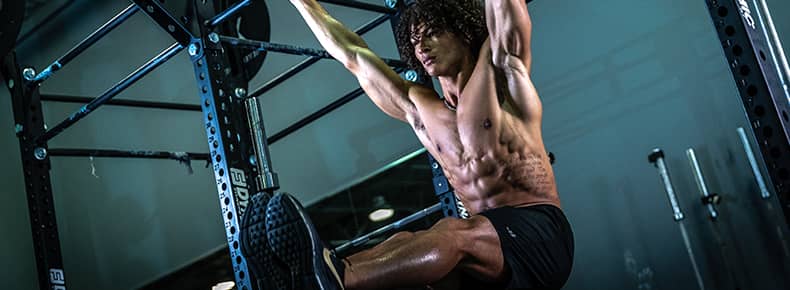 Weight Loss
Choosing the Best Protein Powder for Weight Loss
Weight Loss
Choosing the Best Protein Powder for Weight Loss
Struggling to shed body fat and lean out? You might need to focus more on your nutrition, specifically your protein...
 Weight Loss
9 Ways to Speed Up Your Weight Loss and Burn More Fat
Weight Loss
9 Ways to Speed Up Your Weight Loss and Burn More Fat
Weight loss is a major goal for more than 40 percent of Americans. Is it something you’re working toward, too?
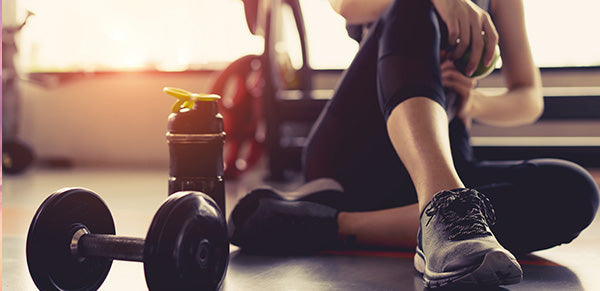 Workout Routine
10 Tips for Building a Sustainable Workout Routine
Workout Routine
10 Tips for Building a Sustainable Workout Routine
Starting a fitness journey is an exciting time, but maintaining a sustainable workout routine can be challenging. From setting realistic...





